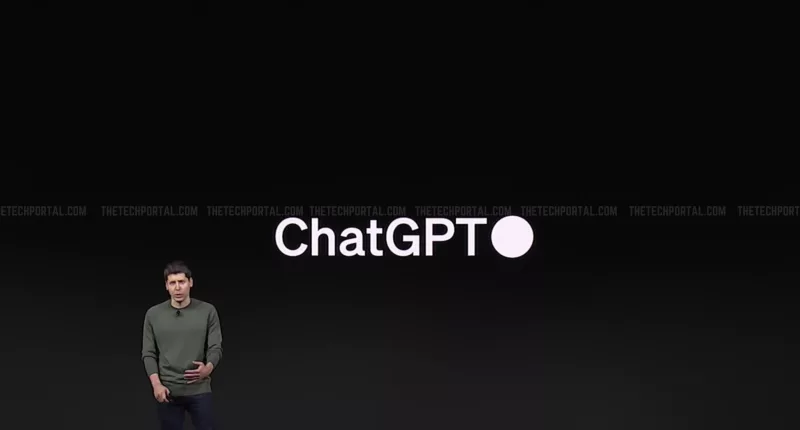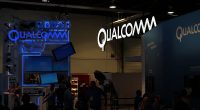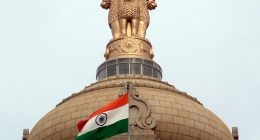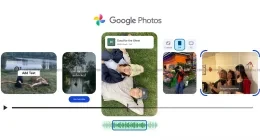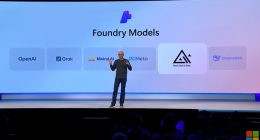OpenAI has officially extended its GPT-4o-powered image-generation capabilities to free-tier users, allowing wider access to its AI creative tools. Initially introduced exclusively for paid subscribers, the feature is now accessible to all ChatGPT users, albeit with certain restrictions. The move is unsurprising, given that it comes during the ongoing trend in which users transform images into the distinctive animation style of Japan’s Studio Ghibli.
Prior to this development, OpenAI’s image-generation tool was exclusive to paid subscribers under the Plus, Pro, and Team tiers. The tool allows users to generate AI-created visuals directly within ChatGPT, removing the need to switch to OpenAI’s DALL·E generator. Now, OpenAI CEO Sam Altman confirmed the update in a post on X (formerly known as Twitter), stating that the feature has now been enabled for all users of ChatGPT. However, those using the free version will face limitations, including a cap on the number of images they can generate each day and enforced cooldown periods between consecutive generations. Based on previous statements from Altman, free users may be limited to three images on a daily basis.
“chatgpt image gen now rolled out to all free users!” Altman wrote in a post on X, meaning that now, millions of people can generate high-quality images with minimal effort – all they need to do is to log onto the ChatGPT app or website, put in and submit the prompt, and once the image is generated, they can save it and share it at their discretion.
One of the key drivers behind the tool’s rapid adoption has been the viral trend of turning real-life photos into Studio Ghibli-inspired artwork. Social media platforms have been inundated with AI-generated images mimicking the iconic animation style of the Japanese studio, which is best known for films such as Spirited Away, Princess Mononoke, and My Neighbor Totoro. The trend gained traction so quickly that OpenAI was forced to implement temporary restrictions on image generation, even for paying users. The company’s servers struggled to handle the demand, leading Altman to comment that “our GPUs are melting.”
Of course, the widespread popularity of AI-generated images has led to renewed concerns about the ethical and legal implications of AI-generated art. Critics argue that AI models trained on existing artwork, such as Studio Ghibli’s animation style, may infringe on intellectual property rights. Beyond artistic concerns, the tool has also been used to create misleading images – it has already been misused to create fake restaurant receipts, according to a report by TechCrunch. For its part, OpenAI has stated that all AI-generated images produced within ChatGPT contain metadata that identifies them as AI-created. This metadata follows the standards of the Coalition for Content Provenance and Authenticity (C2PA), an initiative designed to combat misinformation by ensuring transparency in digital content.
Nonetheless, the rollout of free-tier image generation has coincided with a significant surge in new user registrations for ChatGPT. According to Altman, OpenAI recorded over one million new users in a single hour following the announcement. This level of growth surpasses the platform’s initial launch in 2022, when it took five days to reach the same milestone.
The Tech Portal is published by Blue Box Media Private Limited. Our investors have no influence over our reporting. Read our full Ownership and Funding Disclosure →

